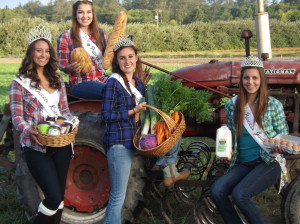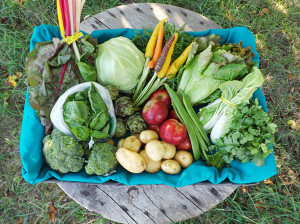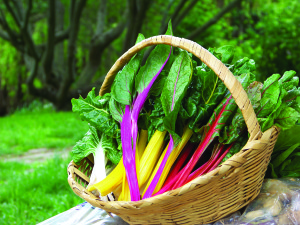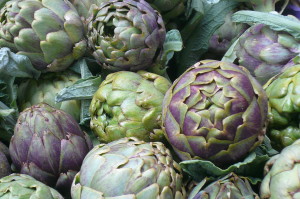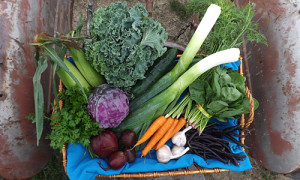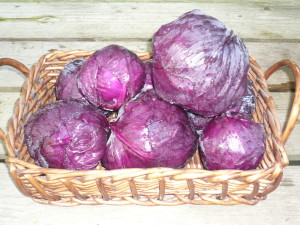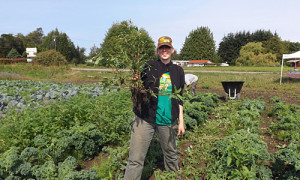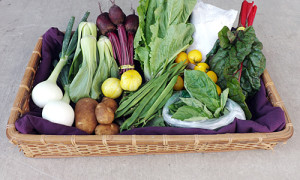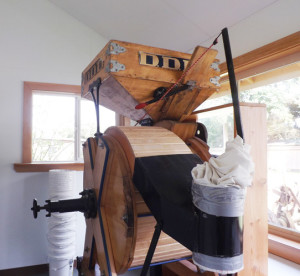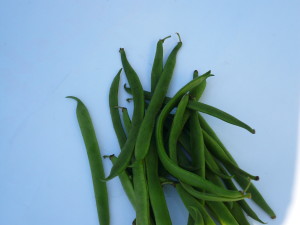September is Local Food Month!
According to the USDA, .01% of all the food consumed in the United States is purchased locally. That’s very little and shows just how deeply embedded the industrial food system has become in our society. Almost 100% of Americans are eating food that is transported long distances using large quantities of fossil fuels, and not fresh enough for optimum nutrition. They are also eating herbicides and pesticides along with their food.
By choosing a Farm Share, or CSA, you have taken a stand for your local food system, and all that it entails, including:
- You are closer to the original source, which reduces carbon emissions, fuel consumption, and air/water pollution.
- You get healthier, fresher food.
- Buying locally-grown food keeps money within a community and provides local jobs. This contributes to the health of all sectors of the local economy, increasing the quality of life.
- In a community that produces its own food, consumers are able to influence how their food is grown. In many cases, it encourages organic practices, that further benefit the environment.
For the month of September, Nash’s Farm Store is celebrating local food, including value-added products made from locally-grown produce, dairy and meats. See nashsorganicproduce.com/events for a list of workshops and sample days.
Above, the Irrigation Festival Royalty (from left, Queen Katey and Princesses Kaylee, Kristina and Judi) pose for a photo at Nash’s farm to help promote Local Food Month.

